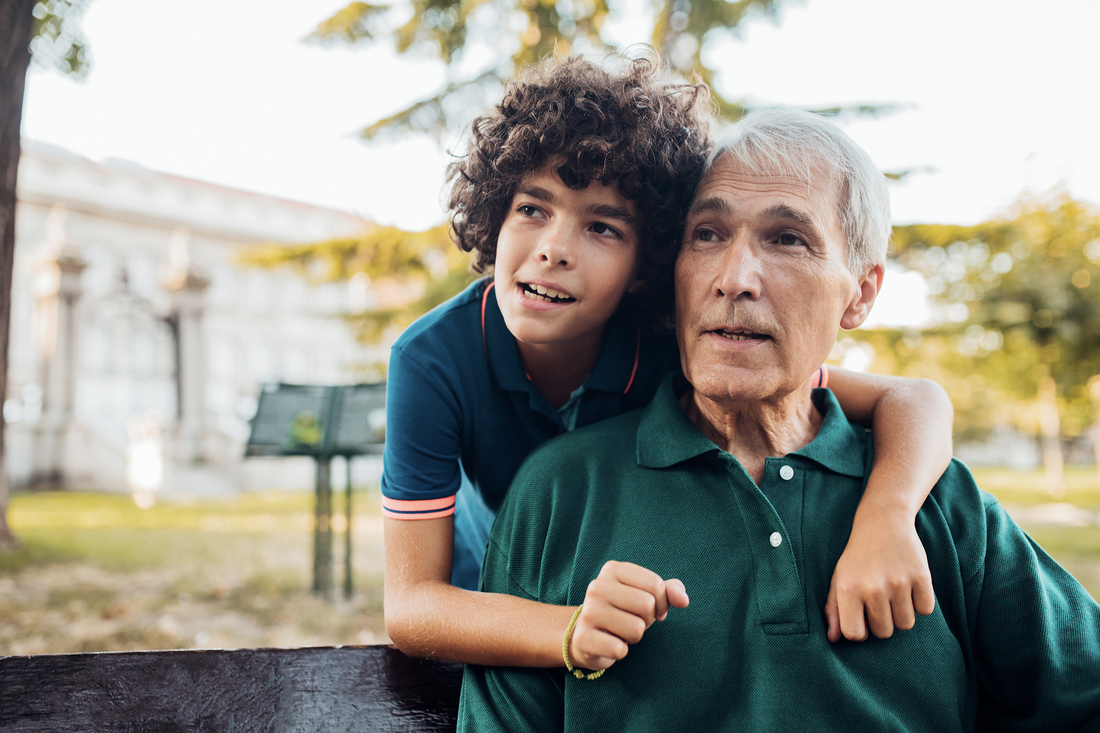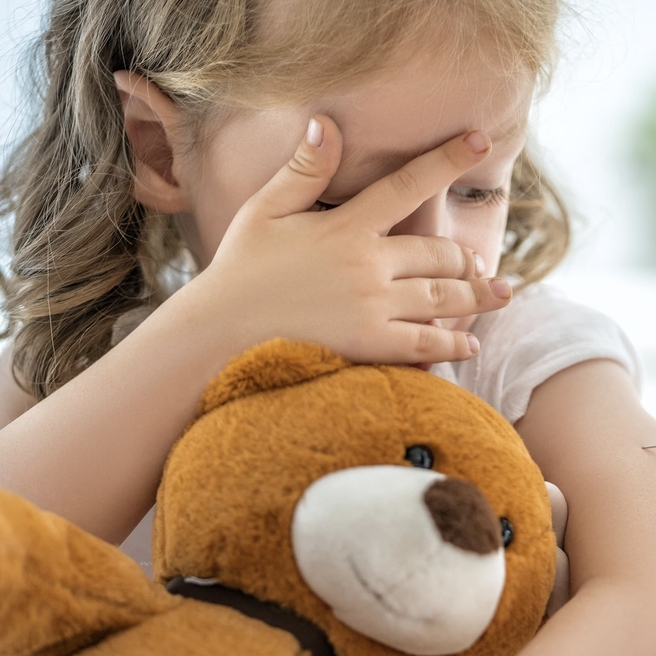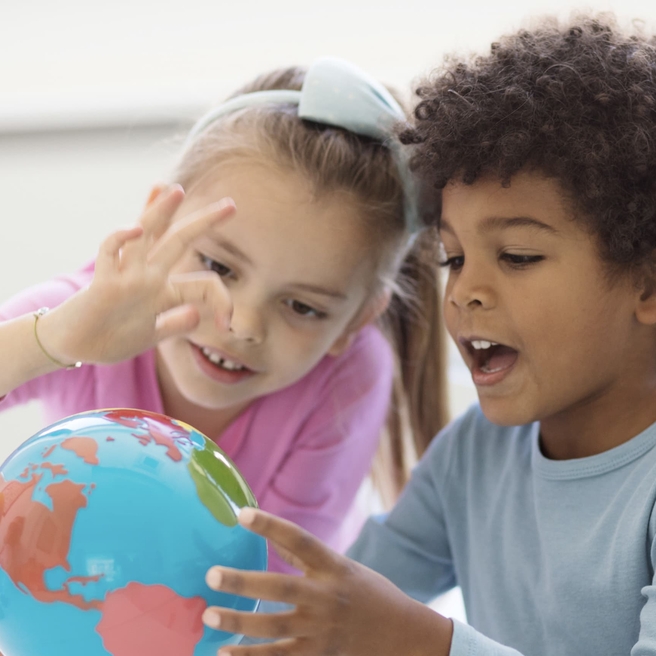Vaccine Education Center

The Vaccine Education Center at Children’s Hospital of Philadelphia provides complete, up-to-date and reliable information about vaccines across the lifespan. We are a member of the World Health Organization's (WHO) Vaccine Safety Net because our website meets the criteria for credibility and content as defined by the Global Advisory Committee on Vaccine Safety. Learn more about the WHO’s Vaccine Safety Net.
Looking for measles resources?

September 2025 — Cutting through the Confusion on COVID-19 Vaccination of Young Children in Fall 2025
In this short video, Dr. Paul Offit addresses the confusion surrounding COVID-19 vaccination in young children. You’ll also find resources related to measles and to aluminum in vaccines.

Vaccines and Diseases
Learn about vaccines and the diseases they prevent.

Vaccine Safety
Find info about vaccine ingredients, conditions discussed in relation to vaccines, and other common vaccine safety concerns.

Vaccine Schedule
See when vaccines are recommended across the lifespan, considerations for specific populations, and answers to other schedule-related questions.

Vaccine Science & History
Get info about vaccine development and licensure, history, and global vaccine considerations.

Human Immune System
Review info about the types of immunity, how the immune system develops and works, what happens when it doesn’t work properly, and more.

About the Vaccine Education Center
Learn about the Vaccine Education Center, our programs, and our team.
Other popular topics
Our programs
Support VEC efforts
Your donation can help us continue our efforts to address vaccine questions and concerns.
